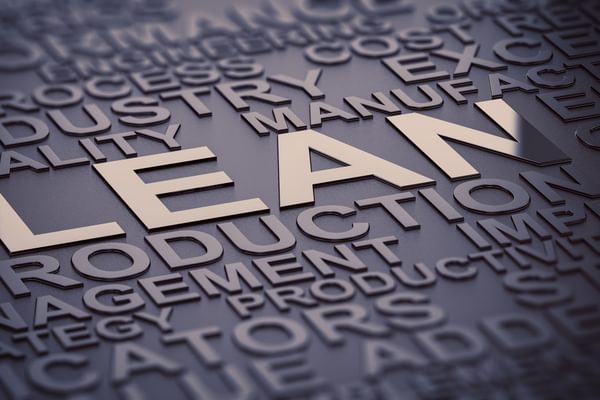

Specifying leather for furniture
Identifying which standards and properties are relevant to leather performance

Leather can be made from the skin of any animal. Most leather is grain leather finished by various methods to produce different effects. Leather furniture in a normal domestic environment should need little attention, cleaning should only be carried out when necessary.
Leather can be made from the skin of any animal the most common being:
The various areas of the hide or skin are described as:
Most leather is grain leather finished by various methods to produce different effects.
The ‘grain’ is the pattern, characterised by the pores and hair follicles peculiar to the animal concerned, visible on the surface of a hide after the hair is removed. Grain leather has the grain layer substantially intact and is finished on the grain side.
A high quality, attractive, natural leather, prized for its innate soft feel. This leather is aniline dyed with no colour coating added to the surface. Only premium hides are selected and used to produce aniline leathers - rendering it the most expensive upholstery leather.
Aniline leathers are more susceptible to light and liquid absorption because of the natural porosity of the hide and there may be a slight variation in colour across the hide.
Semi-Aniline dyed leather is dyed through and has a thin surface coating layer, it is designed to imitate aniline leather. The finishing process successfully combines the softness and feel of aniline leather with the protective benefits of a surface finish.
Light fastness is improved, colour variation across the hide is reduced and less perfect hides can be selected – most people are unable to distinguish between aniline and semi-aniline upholstery leather. Although this leather is more durable than pure aniline it is still easily damaged by spillage and soiling.
The surface of the leather may be buffed to reduce heavy natural scarring and blemishes in the hides. The depth of buffing is governed by the condition of the raw material. A new surface is then built up by using various finishes. The top surface is a coloured polymer coating containing opaque pigments. The leather is then embossed to produce a grain pattern.
Pigmented leather is the most durable and the most used upholstery leather.
A flesh split is the inner or under layer of a hide separated from the hide by the splitting machine. A finished split refers to a flesh split that has been finished by the application of a polymer surface coating to simulate the appearance of grain leather.
This leather should only be used in low-stress applications because they are weaker than grain leather.
These are actually aniline leathers where the surface has been lightly abraded on the grain surface developing a velvet finish. Often confused with suede leather. Suede is the flesh side of a piece of leather, and nubuck is the grain side finished to produce a specific effect.
The result is an absorbent surface, which is soft but susceptible to liquid spillage and contamination.
This is a type of aniline leather that has an extra top treatment of oil and/or wax effects. The leather is designed to become "worn-in" looking over time and use.
Its behaviour is similar to aniline leather but it becomes lighter in areas of heavy use, particularly in the seating areas, and it scuffs easily.
A bycast leather is a split leather produced from a lower split by melting an adhesive on its surface and then rolling on a coloured polyurethane film.
Normally produced in dark colours it lightens when stretched and is easily scuffed. The quality of this product tends to be variable. FIRA recommend that it be tested to ensure suitability for upholstery applications.
One way to show your leather is fit for purpose is to have it tested at FIRA.
Methods of test and performance criteria for leather are found in BS EN 13336:2022 Leather. Upholstery leather characteristics. Guide for selection of leather for furniture
BS EN 13336 does not set end-use criteria but provides guidelines for test methods and values for different types of upholstery leather for furniture.
FIRA is able to provide information on the suitability of different leathers for various end-use applications.
Leather furniture in a normal domestic environment should need little attention, cleaning should only be carried out when necessary. Although it is not essential for leather to be cleaned as regularly as fabric upholstery covers the accumulation of household contamination and dust is unwelcome and should be dealt with before it becomes too difficult to remove:


Identifying which standards and properties are relevant to leather performance


This resource contains all the information needed to carry out practical and theoretical training exercises in the Lean concept of 'Problem Solving' with a team of employees

Including updates to furniture standards, new standards in development, and the latest on furniture industry-related regulations and consultations